MedievalReporter.com
Covering history's most marvelous millennium
Join our newsletter!

Covering history's most marvelous millennium
Covering history's most marvelous millennium
Always somewhat sandwiched between China and Japan, the Koreans fought for their independence many times over. Nevertheless, having a neighbor such as China also came with many cultural, diplomatic and economic benefits. Over the course of the centuries, Korea’s most determined foes happened to come from within: factionalism and fragmentation were a near-constant threat to the state.
This is a short intro from our Medieval Guidebook. Dive deeper into the subject by reading our articles about it.
During Late Antiquity, the kingdom of Goguryeo controlled most of the Korean peninsula – “Guryeo” being the base for the Western name Korea, “Go” meaning ancient. In the following Early Middle Ages, the Tang Dynasty came to control neighboring China. By then, the Koreans had managed to fight off the Chinese for ages. As a highly militaristic state, Goguryeo was able to field hundreds of thousands of soldiers. In fact, its victories over the preceding Chinese dynasty contributed to its downfall, inadvertently bringing the Tang to power.
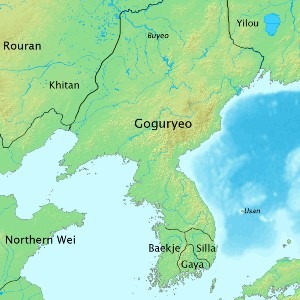
Two subsequent Chinese Tang emperors launched invasions against Goguryeo. Both were soundly beaten. Then, however, the mighty Goguryeo king died and a succession struggle broke out between his sons. One brother defected to Silla in the south, the smallest of the Korean kingdoms. Unable to create massive armies themselves, Silla relied on diplomacy to achieve its goals. It allied with the Chinese Tang and together they finally brought down Goguryeo.
Silla ruled over most of Korea from 668 to 935 CE. Soon after coming to power, the alliance with Tang China broke down: war between the Koreans and the Chinese Empire reignited almost instantly. As a result, Silla shifted its trade routes to the steppe and connected its commerce to the Mongols and the Abbasid Caliphate behind it. Meanwhile, its fleets controlled much of the trade between China and Japan. All this, however, could not completely subdue the specter of Goguryeo’s legacy hanging over the kingdom.
Silla’s rigid class society gave disgruntled social groups cause to rebel, who – in search of legitimacy – named their new, revolutionary state Goryeo.
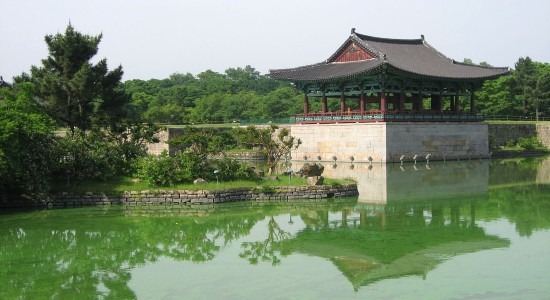
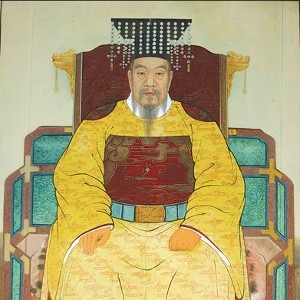
General Wang Geon of Goryeo annexed Silla and other rebellious states, completely unifying the Korean peninsula under one banner. During its first century of existence, Goryeo had to fight off multiple invasions by the Khitan Empire (which had replaced the Tang Dynasty in Northern China). Finally, after a decisive military victory by the Koreans, a balance of power was achieved in East Asia. Goryeo entered a golden age of progress and prosperity. Buddhism spread throughout society, commerce and industry flourished and both double-entry bookkeeping and the printing press were used centuries before the Europeans “invented” them.
Universities and academies sprung up across the country to facilitate and reinforce the spread of all this new knowledge. As civil society grew, Goryeo/Korea became less militaristic than it had been in its ancient Goguryeo era. Bureaucrats and government officials now ran the country – and with great success. By the end of the 12th century, however, a group of unhappy army officers tried to turn the tide. They seized power, installed a puppet king, and controlled society with a selection of elite regiments: Goryeo had become a military dictatorship.
In the 13th century, the Mongols attacked. The Koreans fought with them for thirty years. Although the Mongols could not win a decisive, outright victory, their multiple invasions devastated the Korean countryside. Exhausted, Goryeo gave in to Mongol demands and became a semi-autonomous client state of the Mongol Empire. To reinforce ties, a lot of intermarriages took place between the Mongol imperial and Goryeo royal families.
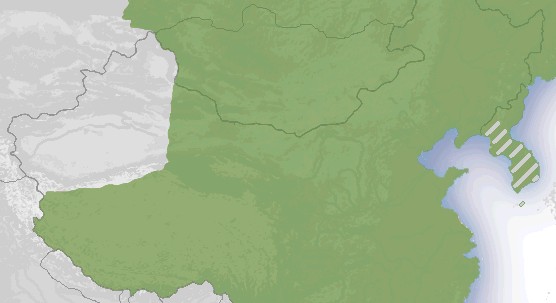
– advertisement –
– article continues below –
As a result of leaning on Mongol power, the Goryeo dynasty was immediately in trouble when the Mongol Empire came crashing down. The Ming Dynasty took power in China and demanded lands in Northern Goryeo/Korea to be handed over to them. By then, Goryeo had split into factions. One faction, including the king on account of his family bonds, wanted to remain loyal to the Mongols. Another faction, resentful because of years of Mongol domination, wanted to side with the Ming.

The latter faction was led by general Yi. When the Goryeo court finally made up its mind, it went to war with the Ming and sent general Yi north at the head of a large army. Once in the north, general Yi rebelled and marched back south. He installed several Goryeo puppet kings on the throne but in the end formalized his coup d’etat and became king himself. The Goryeo dynasty had come to an end after almost 500 years.
The dynasty Yi founded, called Joseon, would rule Korea for over 500 years as well. Factionalism continued to plague Korea under the Joseons. Yi’s succession immediately became a political problem, as his many ambitious sons struggled for control in what became known as the Strife of Princes. But Yi’s grandson, Sejong the Great, managed to oversee an era of great Korean advances in agriculture, medicine and science. During the Early Modern Era, bloody power struggles resumed and weakened the Joseon kingdom.
Consequently, Korea fell prey to large-scale Chinese and Japanese invasions. It managed to beat back most of them but, over time, the threat from the East grew uncontrollably large: the Japanese finally annexed Korea in 1910 CE.
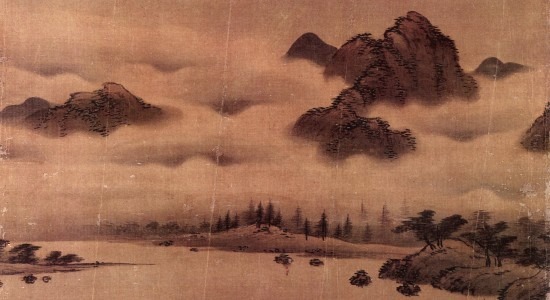
Disclosure: we work hard to provide you with exclusive medieval reports, reviews and guides. To make the Middle Ages accessible to everybody, we’d like this information to remain FREE. Therefore, some of the links below are affiliate links, meaning – at no additional cost to you – we will earn a small compensation if you click through.
Grab a short intro on another civilization from our Medieval Guidebook.